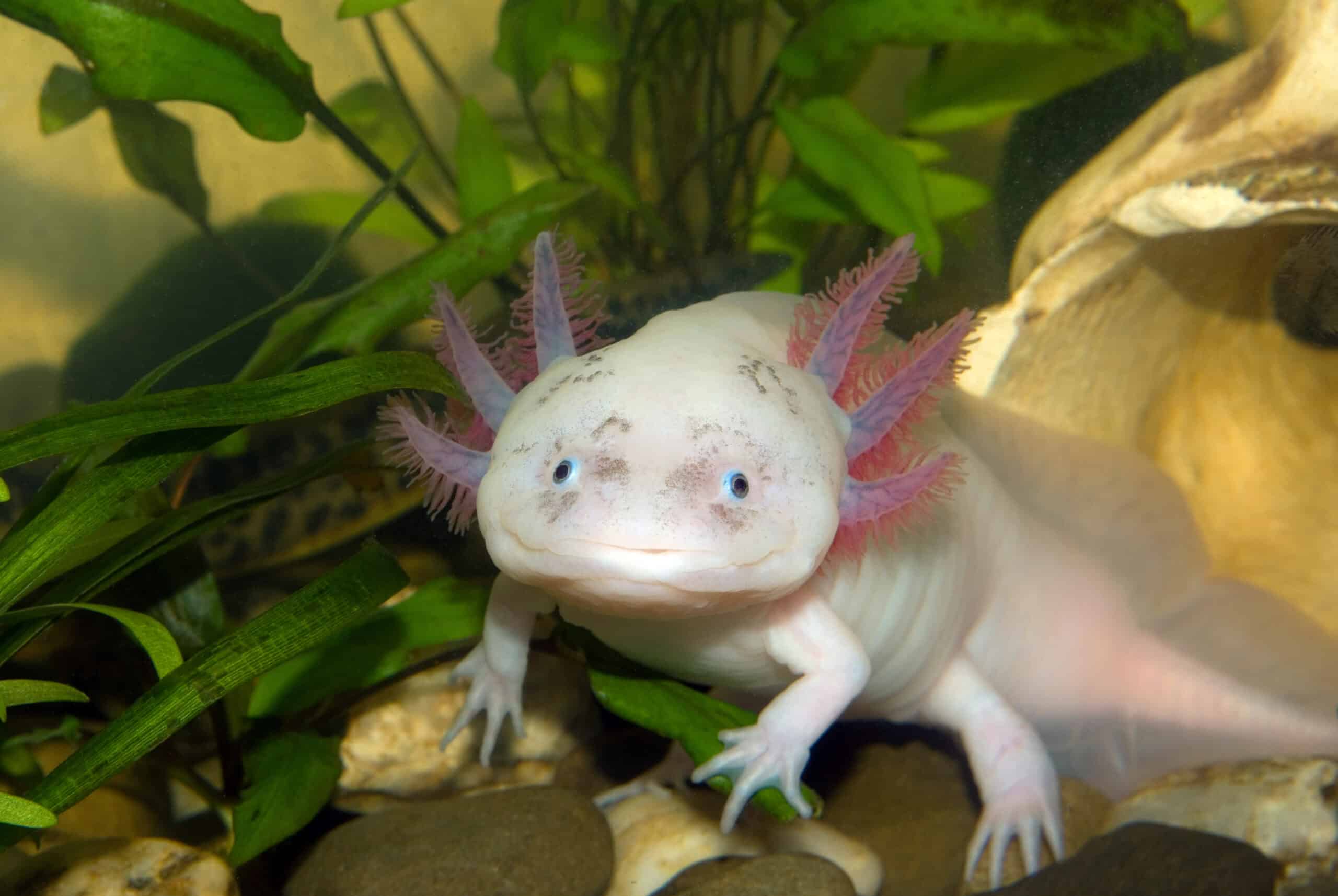The axolotl is widely used model organism in biology with a genome that is 32 billion base pairs long; meaning every one of its cells contains 10 times more DNA than humans. The axolotl also has a unique way of maturing, becoming sexually mature without losing childhood traits as most other animals do.
Scientists have been working to assemble axolotl genome for years, and University of Kentucky researchers have recently had a breakthrough releasing the most complete axolotl to date. The scientists figured out how to combine cutting edge DNA sequencing with older genetic techniques to form an updated map of the salamanders genes, as published in the journal Genome Research.
The updated genome map may open up opportunities for research by learning why its genome is so massive, as there is still much to learn about the evolution of genomes and how they are shaped and change over time.
The researchers have started to compare axolotl genes to other species that are more distantly related, comparing ones from frogs, chicken, and humans which will allow them to look for genes that are conserved across the species to study one species to learn more about the other to learn about their evolutionary history.
Many around the world are excited of the new insight as there are intermediate lessons we may learn in terms of how it responds to injury; it basically reprograms itself after injury to go through development again in a controlled way to produce a limb and not say a tumor. Lessons about how the axolotl cells work or how its genes are reprogrammed have strong potential to be relevant lessons which may even be applied to human health, says Jeramiah Smith.
Previously the axolotl genome was in 200,000 pieces, the new assembly effort has put those pieces together, allowing us to know at some resolution which genes are near others along the chromosome, which is important to evolutionary biologist wanting to know how genomes evolved over time, explains Elly Tanaka.
There are now many ways to sequence DNA quickly, or to sequence large stretches of DNA to provide access to understanding the DNA sequence of the axolotl and other organisms that previously were not worked on which can regenerate or do other interesting things. This could be a rejuvenation of looking at nature and being able to study things previously inaccessible, thanks to advancements this is an exciting time, says Tanaka.




